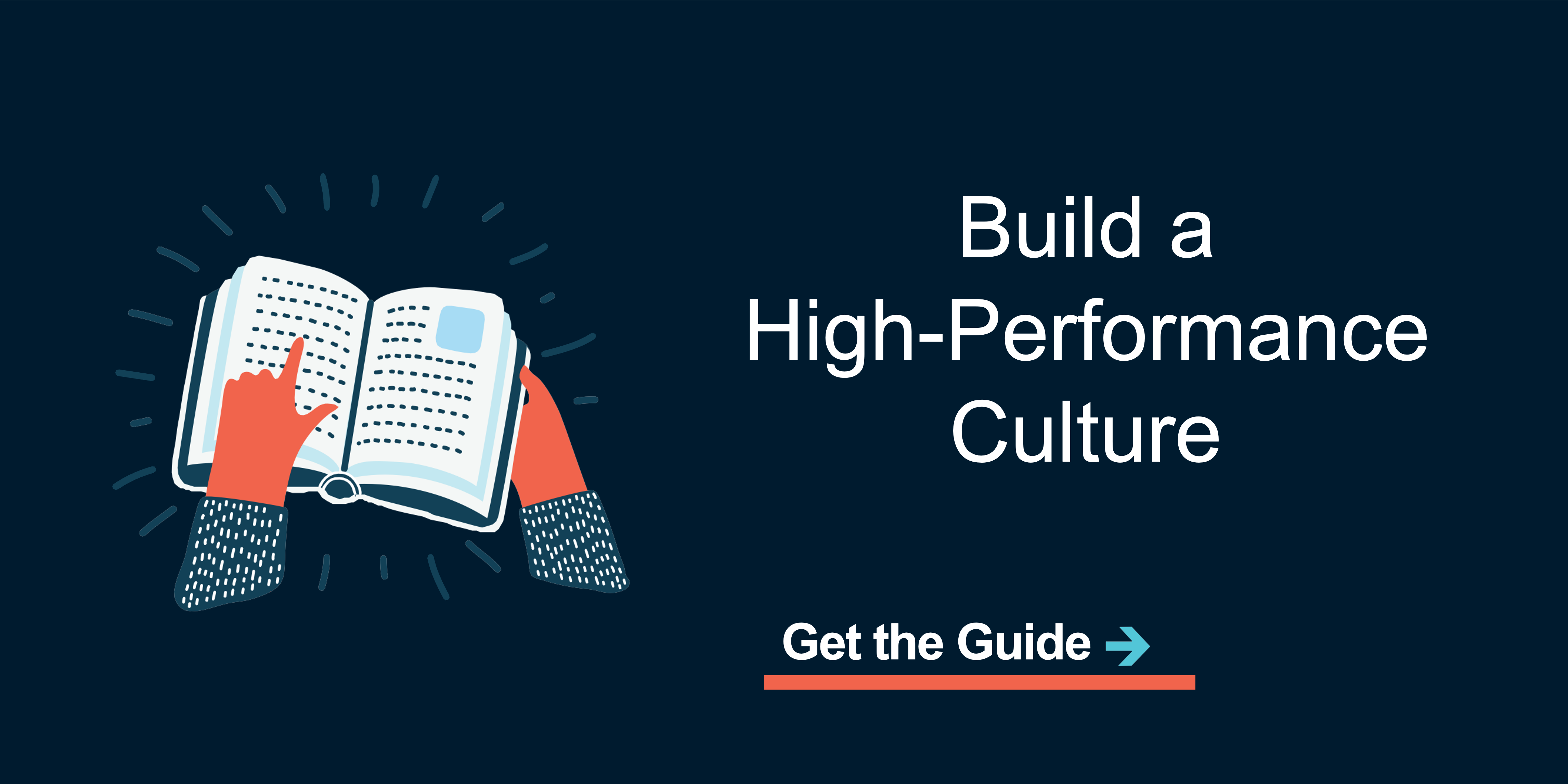As you work to implement the principles of High Performance to improve yourself, or as you challenge your colleagues and teammates to embrace the tenets of creating a high-performance team, a key element is choice. "Choose to" versus "have to" - how can you change your inner dialogue?
[*excerpt below taken from Ch. 4 of our recent book: Our Fear Never Sleeps]
From 1942 to 1945 psychiatrist Viktor Frankl worked in four different Nazi concentration camps, including Auschwitz, while his parents, brother and pregnant wife perished. Frankl had an opportunity to leave Austria just before the Hitler occupation. He instead chose to stay and be with his elderly parents, knowing their probable fate and his.
In his 1946 book Man’s Search for Meaning, Frankl describes his experiences in the concentration camp and his approach to psychotherapy. Frankl argues (from his own experiences and those of his patients) that:
“we cannot avoid suffering, but we can choose how we cope with it. We can find meaning in it and move forward with renewed purpose.”
Our son’s diagnosis (described in our book) challenged us to look for the choice and not fall into blame and resentment. The concept of choice often challenged us to look inside ourselves and sometimes we didn’t like what we found. We recognize we’re not responsible for everything that happens in our lives, but as Frankl’s experience so clearly illustrates, we do have a choice in how we respond to even the most dire of circumstances.
Many people go through life believing that, for the most part, they have choices. Yet in many circumstances, they use the language of “I have to.” I have to go to work, I have to bring my kids to their event, I have to get that project done. I have to pay taxes. There is usually not even an awareness of what language they’re using. “I have to” is just the default.
To illustrate, try this short experience:
First, think of all the things you do in your life that you feel you have to do. That is the language you use. I have to go to work, I have to pick up my kids, I have to go to the family event, I have to pay my taxes.
Keep thinking and make a list in your head. Take a minute and keep the list going. If it’s a short list, repeat it over again.
Now identify the emotions that you are feeling right now. What are they?
Most people will identify words such as: stressful, anxious, loss of control, anger, frustration, apathy, fatigue, resentment, and so on.
Now, erase that list in your head and make a new one. Think of all the things that you choose to do. Again, that is the language you use. It might be some of the same things as in your “have to” list. I choose to hang with my friends. I choose to play golf. I choose to go on a vacation.
Take another minute to keep that list going. If it’s a short list, repeat it over again.
What are the emotions you are feeling now?
For most people, this list will be more along the lines of feelings such as: freedom, energetic, happy, empowered, excited, energized, etc.
Table 1. Common feelings / emotions generated from “Have To” and “Choose To”
| I Have To... | I Choose To.. |
| Stress | Freedom |
| Overwhelm | Joy |
| Lack of control | Empowered |
| Anger | Energized |
| Resentment | Motivated |
Now, look at the two columns. Which column is a place that you’d rather spend most of your time? Silly question, right? Yet many times, you may not even notice the internal conversation that you’re having. It just runs on autopilot.
If you are spending most of your time in a “have to” conversation, it’s very likely that the emotions in the left column are what’s showing up in your life. If you’re in a “choose to” conversation more often, then it is likely that the emotions in the right column are the ones that show up consistently in your life.
For many, the “have to” conversation happens more often than a “choose to” conversation without having awareness of it. Making the switch is empowering.
Using “have to” language does serve a purpose. It can be used as an excuse so that when the outcome is not what is desired, then it can be used to shift responsibility to someone else because “I had to do it.”
Making a choice creates ownership of the outcome, creating empowerment for the person making the choice. Owning the outcome can take you outside the comfort zone because it can make you feel exposed and unsafe.
Choices communicate what a person cares about. Revealing who you are can cause you to feel vulnerable. Using “have to” can help create a false armor, making you feel safe and protecting you from having to answer why you made that choice.
It is not written on a cave wall somewhere that you always have a choice. It is a point of view, a place to be aware of where the pattern is for you. The question is where do you spend most of your time? Where is the pattern in your life?


